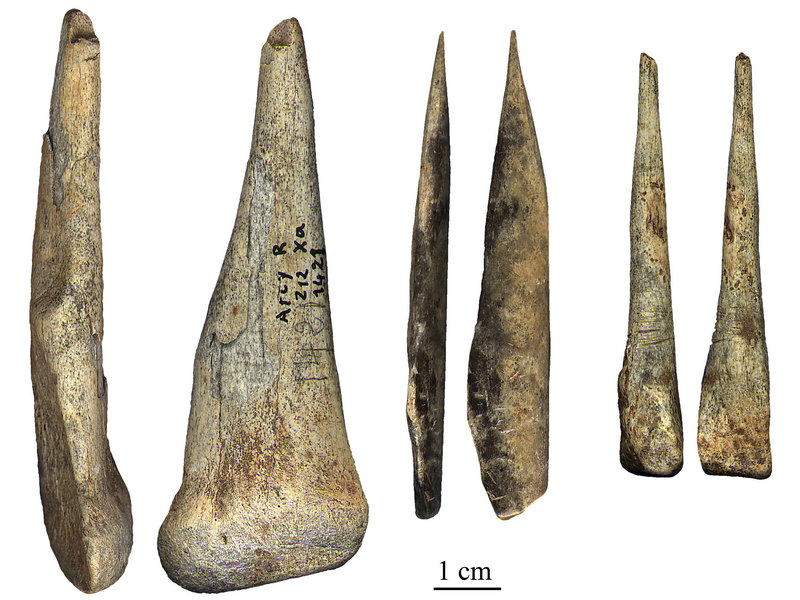For decades, archaeologists have debated the origins of intriguing artifacts found in the Grotte du Renne cave in France. The culprit? Tiny bone beads and other trinkets, collectively known as “jewelry,” unearthed alongside Neanderthal remains. While the initial assumption was that Neanderthals crafted these ornaments, some argued it defied their perceived limitations.
A recent study, published in the Proceedings of the National Academy of Sciences, throws a wrench into this debate and provides compelling evidence that Neanderthals were the artistic masterminds behind these prehistoric baubles.
The Grotte du Renne was a goldmine for archaeologists when it was discovered in 1949. Dating back roughly 40,000 years, a period when modern humans were encroaching on Neanderthal territory, the cave yielded a treasure trove of bones and artifacts, including the aforementioned jewelry. The presence of Neanderthal remains alongside the trinkets naturally pointed to them as the creators. However, the prevailing belief was that Neanderthals simply weren’t intellectually capable of such symbolic expression. This led some to cast doubt on the findings, suggesting contamination at the excavation site.
This new study by a pan-European team of researchers decided to take a closer look at some previously unidentifiable bone fragments found alongside the jewelry. These fragments were too small for traditional analysis methods like DNA testing. However, by employing a novel technique – protein analysis – the researchers were able to determine the fragments belonged to a human. The next step was crucial: was it a modern human or a Neanderthal?
Chemical analysis of the protein compared it to samples from both modern humans and Neanderthals. The results were clear: the bone fragment belonged to a Neanderthal. Additionally, the protein profile hinted that the fragment originated from a young infant, possibly still breastfeeding.
The co-occurrence of the jewelry with the Neanderthal remains, coupled with the infant’s age, paints a strong picture according to the researchers. It suggests that the Neanderthals not only inhabited the cave but also created the ornaments found there.
The study doesn’t definitively rule out the possibility that the Neanderthals acquired the jewelry from interactions with modern humans, perhaps through trade or even courtship rituals (evidence suggests interbreeding did occur between the two species). However, the findings significantly bolster the case for Neanderthals possessing a more complex cognitive and symbolic capacity than previously thought. They were likely not just skilled hunters and toolmakers, but also beings capable of artistic expression and cultural creation.
